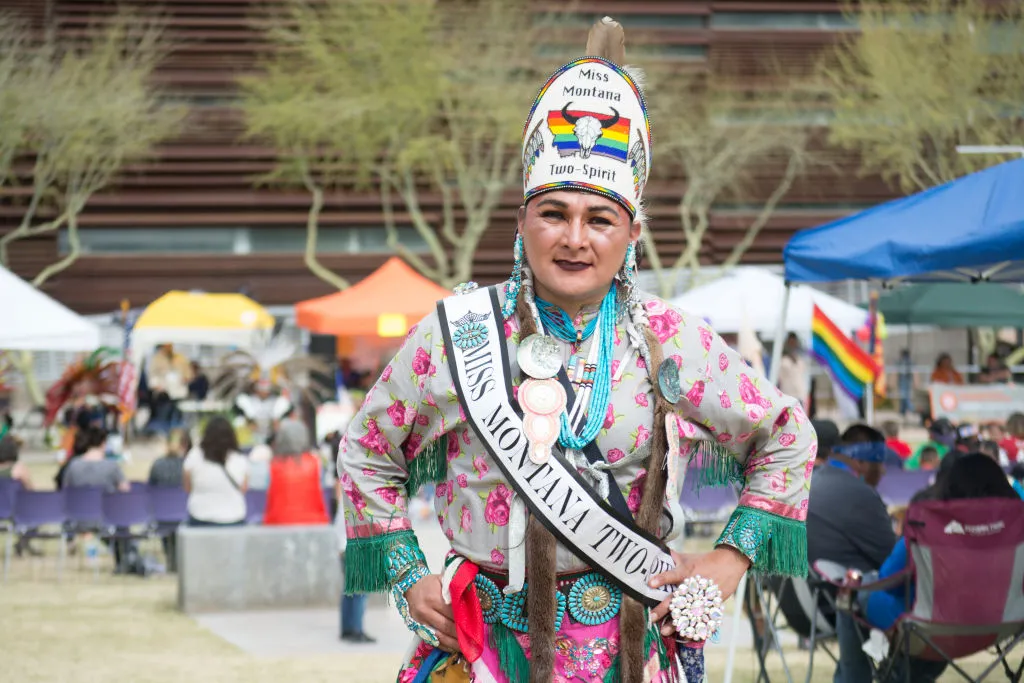

The UK government finally published its long-delayed guidance for England’s schools on youth transition. The document promises a clear set of principles for teachers and staff as they wrestle with the needs of children who are questioning their gender identity. According to the education secretary, Gillian Keegan, the guidance “puts the best interests of all children first”.
But while the guidance has been broadly welcomed by those who believe that it is too easy for young people to “socially transition” at school, there are others who disagree vehemently. They see the government’s approach as informed by an underlying hostility to trans people, and scepticism about whether they even exist. And although the guidance does not include an outright ban on allowing social transition (said to have been under consideration until it was found to be unlawful), it clearly creates new barriers for teenagers who want to talk to teachers about their gender without fear of being outed at home.
Central to criticisms of the government’s approach is a view that it takes a highly controversial set of positions about the best way to support children it calls “gender questioning”, and presents them as unimpeachable facts. Here we look at the guidance and sort through it.
It’s been more than five years since the government first said it would provide “comprehensive guidance for schools on how to support trans pupils” – and for many teachers, it is long overdue. But the guidance that has finally emerged, signed off by Keegan and the minister for women and equalities, Kemi Badenoch, is very different from what was promised in 2018 – and so is the political climate.
The Equality and Human Rights Commission was originally due to be part of the drafting process. Since then, the EHRC has disowned its own 2014 guidance for schools, which said that it was discriminatory not to refer to a transitioning student by their chosen name and pronouns. Nor has the government worked with the EHRC on the document anyway – and instead of seeking to “support trans pupils”, the guidance now refuses to use that term at all.
The guidance (pdf) is not legally binding, but many schools are likely to rely on it. Here are some of the key passages (with our emphasis added), and how to make sense of them.
Language
In recent years, we have seen a significant increase in the number of children questioning the way they feel about being a boy or a girl … This has been linked to gender identity ideology, the belief that a person can have a ‘gender’ that is different to their biological sex.
We have not used the term transgender to describe children. Under UK law children cannot obtain a Gender Recognition Certificate and therefore cannot change their legal sex.
While both of these passages are presented as neutral reflections of the facts, they are highly contested: referring to “gender identity ideology” as a “belief” about gender contradicts the settled position implied by the World Health Organization, the UK census, the law, the NHS, and the government itself. The word “ideology” has not been a feature of the government’s characterisation of trans identities in the past.
Meanwhile, although it is the case that under-18s cannot get a gender recognition certificate, that is not the same thing as it not being possible for them to be trans. Even those who believe that some teenagers say they are trans because they are confused or affected by social pressure usually accept that, for others, it is an unchanging reality. Nonetheless, the guidance is at pains to say that schools should not “imply contested views around gender identity are fact”.
Influences
As part of testing whether this is a sustained request, schools and colleges should seek to understand societal or other factors that may have influenced the child, for example:
Has the child been influenced by peers or social media?
Does the child feel pressured to identify differently because they simply do not align with stereotypes associated with their sex?
In a passage setting out how a school should respond to pupils who question their gender, the guidance emphasises external pressures that it says could be responsible. But it does not tell teachers that they should talk to the pupil about possible indications that their questions are the result of something immutable – for example, if they have experienced gender dysphoria since they were very young.
The guidance quotes the Cass Review into care for children with gender dysphoria as hearing “from young lesbians who felt pressured to identify as transgender male”. But it does not say, for example, that NHS guidelines say that social transition “should be led by the young person” and that “some children state that they want to make a social transition to their preferred gender role long before puberty”.
Telling parents
Parents should not be excluded from decisions taken by a school or college relating to requests for a child to ‘socially transition’.
Schools and colleges should engage parents as a matter of priority, and encourage the child to speak to their parents, other than in the exceptionally rare circumstances where involving parents would constitute a significant risk of harm to the child.
The guidance says that parents should almost always be told if their child talks to a teacher about things like a desire to change their pronouns or name, or to dress differently at school, and says that there is almost never a risk of harm in doing so. But that is not a given among trans people. Earlier this year, research conducted for the charity Just Like Us found that more than a third of non-binary (39%) and transgender (37%) young adults said they were not confident they would be accepted when they came out. It also found that 19% of transgender people and 23% of non-binary people were not close to members of their immediate family.
That is by no means a majority of cases – but nor is it “exceptionally rare”. Teachers quoted in this Observer piece from April presented a similar picture. One deputy head of sixth form said: “We’ve had threats of violence towards students from parents. We’ve had students who aren’t safe to go home and have to stay at friend’s houses because parents have found out they are gay or suspect they are identifying as another gender.” The guidance leaves the question of what constitutes “a significant risk of harm” unanswered.
Who the guidance is for
[Schools] may conclude that the impact on the school and college community is such that it may not be possible to agree to support a request [for a change in how a pupil is treated at school].
Schools and colleges should only agree to a change of pronouns if they are confident that the benefit to the individual child outweighs the impact on the school community. It is expected that there will be very few occasions in which a school or college will be able to agree to a change of pronouns.
While the guidance originally promised in 2018 was to be about supporting trans pupils, Badenoch’s emphasis was different: she wrote that “the rights of one group do not trump the rights of another”. The guidance repeatedly implies that serving the interests of children questioning their gender identity may come into conflict with serving the interests of the wider school community, and that when the two are in a perceived conflict, the school should refuse any request for a change. It suggests that it will almost never be appropriate to use pronouns in accordance with a child’s wishes, and that there should be no assumption of flexibility on school uniform. 15-year-old Newton Carey spoke to Libby Brooks about the impact of that kind of approach.
No test for what would count as a reasonable impact on the school is set out. Critics of the guidance say that schools are frequently asked to protect the interests of particular children or groups without applying these kind of principles, and fear that the guidance will be used as a pretext to deny support because a teacher feels they are too busy to provide it, or because of their own beliefs about gender identity.
What the effect will be
This is non-statutory guidance from the Department for Education. Its focus is to provide practical advice, which we expect schools and colleges to follow.
There is no legislation accompanying the guidance, which mostly says what schools “should” do except when pointing to existing legal obligations. (A telling exception: when talking about making provision for requests like gender-neutral loos or social transition, it talks about what a school “may wish” to do.)
In practice, it will still be up to schools to decide. Some headteachers have already said that they will continue to make their own policy: Kevin Sexton, headteacher of Chesterfield high school in Liverpool, told Sky News: “I’m not going to change what has worked for our school for the last 10 years.”
But most schools are likely to draw on the document extensively as they formulate their policies. “Whatever the schools decide to do, somebody’s going to object to it. We can’t do right for doing wrong,” Caroline Derbyshire, the CEO of the Saffron academy trust, told Guardian reporter Sally Weale. “The thing about having guidance is you can say: ‘We are following the guidance.’”
The guidance is out for consultation until March – and it may take several months to work through the responses, raising the possibility of a general election before it is finalised. The government says that it is seeking views from “parents, teachers, and school leaders”. It does not extend the same invitation to children, or trans people.



